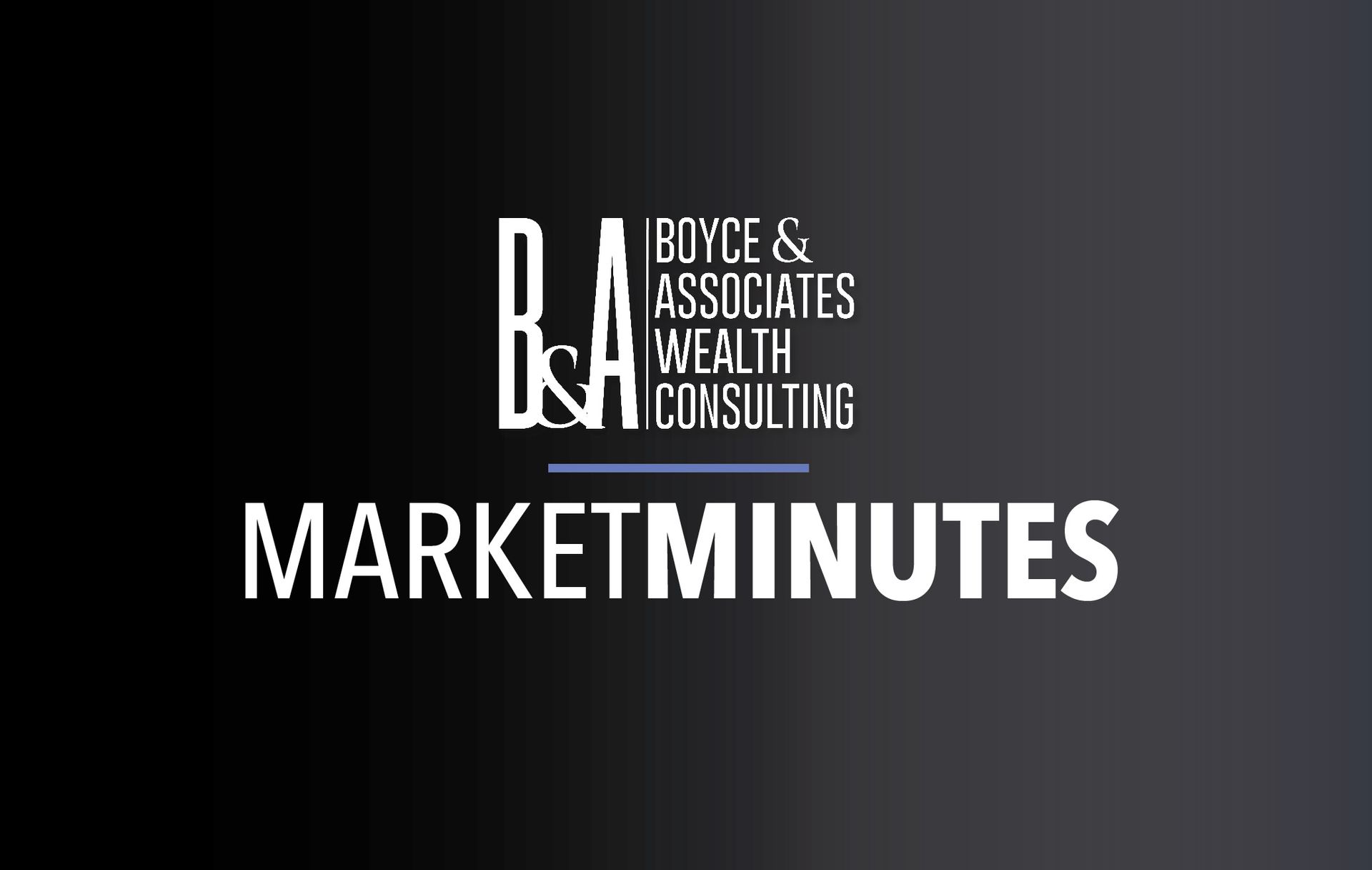What is a Business Exit Strategy for Entrepreneurs? Everything You Need to Know
Key Takeaways
- Exit Strategies Aren’t One-Size-Fits-All: Each option—whether it's a sale, IPO, or succession—has its own pros and cons depending on your goals and business model.
- Investor Confidence Relies on Exit Planning: A clear, strategic exit plan reassures investors and makes your business more attractive to potential buyers.
- Legal and Financial Readiness Is Crucial: Incomplete records, legal issues, or unclear ownership can derail even the best exit plans.
- Market Timing Affects Outcomes: Economic conditions, buyer demand, and industry trends can significantly impact valuation and deal success.
- Operational Structure Impacts Transferability: Businesses with well-documented systems, contracts, and teams in place are easier to transition and command better offers.
What is a Business Exit Strategy for Entrepreneurs? Everything You Need to Know
Every entrepreneur starts their journey with energy and vision, but what happens when it's time to move on? Whether it's selling the business, retiring, or pivoting to a new venture, having a business exit strategy in place is essential.
A business exit strategy is a structured plan that outlines how a business owner will transfer ownership or liquidate their stake in a company. A good exit plan ensures that the transition is smooth, financially sound, and aligned with long-term goals.
What is the Best Exit Strategy for a Small Business?
For small business owners, planning an exit strategy may feel like a distant concern—something to worry about only when retirement is on the horizon or when things take an unexpected turn. But in truth, preparing a business exit strategy early gives entrepreneurs more control over their future and helps maximize value when the time comes to move on.
The best exit strategy for a small business depends on a variety of factors, including your long-term goals, the nature of your business, and your financial expectations. Whether you hope to pass the company down to a trusted employee, sell it for a profit, or shut it down completely, having a well-thought-out plan can ease the transition and protect everything you’ve built.
Overview of 6 Common Exit Strategies
| Exit Strategy | Key Benefits | Major Challenges or Risks |
|---|---|---|
| Mergers & Acquisitions (M&A) | Potential for high financial return, opportunity to negotiate favorable terms, may allow ongoing role or consulting work. | Can be time-consuming, cultural/operational mismatch risk, intense due diligence process. |
| Initial Public Offering (IPO) | Access to large amounts of capital, increased public credibility, potential personal wealth creation. | Expensive and complex, heavy regulatory burden, increased pressure from shareholders. |
| Management Buyout (MBO) | Smooth transition with internal knowledge, business continuity maintained, trusted leadership remains. | Buyers may lack capital or need financing, potential conflicts of interest, requires careful structuring. |
| Selling to Family/Employees | Keeps business legacy intact, personalized transition, flexible deal structure. | Emotional complexity, successor may lack experience, valuation and financing challenges. |
| Liquidation | Quick and straightforward,requires minimal negotiation, may be suitable for distressed businesses. | Typically lowest financial return, no business continuity, can affect reputation. |
| Strategic Sale to Competitor | May yield higher price due to synergy, faster negotiations if buyer is already familiar with the business. | Risk of losing confidentiality, staff and client retention concerns, competitor may misuse sensitive data. |
When it's time to leave your business, there are multiple ways to do it. Some strategies involve selling the business, others involve transferring ownership internally, and some focus on closing operations completely (external exit strategies).
Each of these types of exit strategies has implications for your financial outcome, your legacy, and the people who depend on your business.
Below is an in-depth look at the most frequently used strategies among small business owners:
Internal Exit Strategies
1. Management Buyout (MBO)
In a management buyout, the existing leadership team purchases the business from the owner. This is often a smoother transition because the buyers already understand the operations and culture of the company.
This is a solid option for owners who want to preserve the company’s identity and reward loyal leadership.
Example:
In 2013, Michael Dell, founder of Dell Inc., partnered with Silver Lake Partners to buy out shareholders for $25 billion, taking the company private. This MBO allowed Dell to restructure the company away from public market pressures.
2. Selling to a Family Member or Key Employee
Some entrepreneurs prefer to keep the business in trusted hands—whether that’s a family member or a long-time employee. This type of succession often reflects personal values and a desire to protect the company’s legacy.
Proper planning, clear documentation, and open communication are essential to make this strategy work smoothly.
Example:
Jamie Parker, owner of a Cartridge World franchise in Christiansburg, Virginia, transitioned her business to her daughter, Ieshia Ahmed. Ieshia, who had been involved in the business from a young age, stepped in to help during the pandemic, ensuring continuity and preserving the family's legacy.
External Exit Strategies
3. Mergers and Acquisitions (M&A)
One of the more lucrative and complex business exit strategies, mergers and acquisitions involve selling your company to—or combining it with—another business.
This approach can generate a strong financial return, especially if your business offers something unique, like a loyal customer base, intellectual property, or market share.
This strategy works well when there’s a strategic buyer interested in leveraging your assets to grow their own business.
Example:
In April 2025, accounting firms Baker Tilly and Moss Adams announced a $7 billion merger, creating the sixth-largest CPA advisory firm in the U.S. This merger, backed by private equity firms Hellman & Friedman and Valeas Capital Partners, aims to serve mid-sized businesses and private firms more effectively.
4. Initial Public Offering
Though relatively rare for small businesses, an Initial Public Offering or IPO is an option worth understanding. This strategy involves offering shares of your company to the public through a stock exchange.
The process requires rigorous financial documentation, legal support, and often years of preparation.
Due to its complexity and scale, an IPO is typically reserved for high-growth businesses with strong investor interest.
Example:
In April 2025, Chinese tea company Chagee raised $411 million through an IPO on the New York Stock Exchange, pricing shares at $28 each. The company, operating over 6,000 teahouses globally, used the IPO to expand its international presence.
5. Liquidation
In a liquidation, the business owner closes the company and sells off its assets. While not the most profitable path, it may be appropriate when other exit options aren’t feasible.
Liquidation may be the right choice for owners looking to exit quickly or those in declining industries.
Example:
Toys "R" Us, once a leading toy retailer, filed for bankruptcy and liquidated its assets in 2018. The company sold off inventory, properties, and other assets to repay creditors, ultimately closing all its stores.
6. Strategic Sale or Acquisition
This strategy involves selling your business to a competitor or another firm that sees strategic value in your brand, customer list, or intellectual property.
Unlike standard M&A, strategic buyers are often willing to pay a premium for access to your market position or proprietary assets.
This approach works best when your business fills a critical gap or provides a strong synergy for the buyer.
Example:
In 2017, Amazon acquired Whole Foods Market for $13.7 billion. This strategic acquisition allowed Amazon to enter the brick-and-mortar grocery sector and expand its market reach.
Why Having an Exit Strategy is Important for Investors
A solid business exit strategy is a major point of interest for investors as well. Whether you're seeking funding from venture capitalists, angel investors, or strategic partners, having a clear exit plan signals that you understand the full lifecycle of a business.
Maximize Their Returns
An exit plan helps investors maximize their ROI by ensuring that the business is positioned for a sale or transition at the highest possible value. Through careful planning, investors can time their exit during favorable market conditions, enhance the business's attractiveness to potential buyers, and implement tax-efficient strategies that preserve more of their earnings.
Moreover, an exit plan provides flexibility by identifying multiple exit routes—such as those mentioned above—allowing investors to pursue the most lucrative option. It focuses business efforts on key value drivers to make the enterprise more appealing to high-quality buyers or investors.
Limiting Business Losses
Business owners can stabilize operations, secure key customer relationships, and maintain consistent revenue streams during the exit process.
This planning also allows for better negotiation with buyers or successors, avoiding undervaluation caused by last-minute decisions or distress sales. Additionally, it helps address liabilities, settle debts, and resolve operational inefficiencies that could otherwise reduce the final value of the business.
Optimizing Taxes
Exit strategies often include tax planning tools that help minimize the taxes owed on the sale or transfer of the business. For instance, business owners can structure the deal as an asset sale or stock sale depending on which option offers better tax advantages.
They can also take advantage of tax deferral strategies, exemptions, or deductions such as Section 1202 (for Qualified Small Business Stock) or installment sales to spread out capital gains taxes over time.
Planning ahead allows for these strategies to be implemented effectively, helping business owners retain more of their profits from the exit.
When is the Right Time to Start Planning an Exit Strategy? Reactive vs Proactive Exits
Proactive Exits
A proactive exit strategy lets you stay in control, set the terms, and choose the best time to maximize value. When your team is strong, systems run smoothly, and you trust your employees, you're in a better position to get the most from your exit. Planning ahead gives you the most leverage.
Reactive Exits
A reactive exit—triggered by burnout, illness, or unexpected market changes—can leave you scrambling and vulnerable to accepting a subpar deal.
Ideally, a solid business exit strategy is reviewed annually and adjusted based on business evolution and market conditions.
Reasons Founders Avoid Talking About Exit Strategies
Despite the clear benefits, many business owners shy away from discussing exit strategies. This hesitation is more common than you might think, and it often stems from a mix of personal emotions and misconceptions.
Emotional Ties to the Business
For many founders, their business is more than a source of income—it’s a reflection of their identity, hard work, and vision. The idea of letting it go can feel like giving up a part of themselves. That emotional connection can delay or derail exit planning entirely.
Fear of Appearing Uncommitted
Some entrepreneurs worry that talking about exit plans too early might make them seem less committed to the business. They fear it may send the wrong signal to employees, partners, or investors. However, seasoned stakeholders often view an exit plan as a responsible move—not a red flag.
Misunderstanding Exit Planning as Giving Up
Another common misconception is that planning an exit is equivalent to admitting failure. In reality, every business journey eventually concludes, and the most successful entrepreneurs are those who prepare for that conclusion. Exit planning isn’t about giving up—it’s about being prepared.
How to Plan and Prepare for a Business Exit
No matter which type of exit strategy you choose, successful implementation depends on thoughtful planning and thorough preparation. Many business owners underestimate how much work is involved in getting the company ready for a transition.
Get Your Financials in Order with Accurate Housekeeping and Documentation
Buyers and successors will want to see clean, organized financials. This includes up-to-date profit and loss statements, balance sheets, tax records, and cash flow statements. You'll also need to ensure proper documentation for debts, assets, leases, and inventory.
A professional financial audit might not be required, but having reviewed financials from a certified accountant adds credibility and builds trust with potential buyers.
Streamline Your Operations for a Smooth and Attractive Transition
Your operations should be as efficient and documented as possible. This includes written processes, employee roles, client contracts, supplier relationships, and technology systems. A business that runs smoothly without the owner's daily involvement is more attractive to buyers and easier to transfer.
Address Legal and HR Issues Early to Avoid Last-Minute Surprises
Legal readiness is just as important. Review contracts, ownership agreements, licensing, intellectual property protections, and compliance matters. HR policies should be updated, and employment agreements should be clearly written.
If there are any potential legal issues—disputes, lawsuits, or tax matters—it’s best to resolve them before entering exit negotiations.
Preparation increases the likelihood of a successful and profitable exit while reducing stress and delays along the way.
Business Valuation and Financial Planning
Knowing the value of your business is a critical part of any business exit strategy. If your valuation is too high, it may scare off potential buyers; too low, and you risk leaving money on the table.
In succession scenarios, valuation also affects the feasibility of internal buyers being able to finance the deal.
Methods of Valuation
Here are a few common approaches:
- EBITDA (Earnings Before Interest, Taxes, Depreciation, and Amortization): This is a widely used metric for assessing operating profitability and is often used in M&A transactions.
- Comparable Market Analysis (Comps): Looks at the sale prices of similar businesses in your industry and region.
- Discounted Cash Flow (DCF): Projects future cash flows and discounts them to present value, often used for high-growth or tech businesses.
Each method offers different insights, and the best approach often combines several for a fuller picture.
Legal and Regulatory Considerations
Overlooking legal obligations or mismanaging compliance can lead to delays, reduced valuations, or even failed deals. Whether you're selling to an external buyer or passing the company internally, the legal groundwork must be solid.
Compliance Risks and Regulatory Clearance
Businesses must be in compliance with local, state, and federal regulations before they can be sold or transferred.
This includes licenses and permits you need from the Department of Licensing and Regulation.
If your business needs to erect new buildings, or establish industrial zones, understanding zoning laws is a must.
Businesses operating in Texas are subject to various tax obligations, plus other industry-specific standards. In some cases, especially in regulated industries like healthcare or finance, transactions may require formal clearance from regulatory bodies.
Failure to resolve these issues in advance can raise red flags during due diligence and potentially derail the transaction.
Intellectual Property and Contractual Obligations
Intellectual property laws and codes are the basis for a business’s most valuable assets. Whether it's trademarks, patents, copyrights, or proprietary software, it's crucial that these assets are properly documented and protected. Ownership rights should be clear and transferrable to avoid complications such as ownership disputes, licensing conflicts, infringement claims, or valuation issues.
Additionally, existing contracts with vendors, clients, or partners need to be reviewed. Some agreements may include change-of-ownership clauses, which require notification or consent prior to sale. Ensuring contract compliance protects the business from liability and supports a smoother transfer.
Due Diligence Preparation
Due diligence is a comprehensive review conducted by potential buyers or investors before finalizing a deal. It's essentially a deep dive into your business to confirm its value, stability, and legal standing.
Being prepared for due diligence means having:
- Organized corporate records and governance documents. This includes Articles of Incorporation, Bylaws or Operating Agreements, meeting minutes, and ownership records.
- Financial and tax records for the past 3–5 years. Detailed financial statements, including profit and loss, balance sheets, and cash flow statements, along with state and federal tax returns, are vital for valuation and risk assessment.
- Copies of all material contracts and leases. All agreements that affect business operations or income, including supplier contracts, customer agreements, and property leases, should be available for review.
- A current cap table (if applicable). A capitalization table shows the ownership structure, including stock, options, and convertible securities. It's essential for investor clarity, especially in startups and growth-stage companies.
- Employment agreements and HR policies. Details of employee contracts, non-compete agreements, benefit plans, and company policies ensure buyers are aware of obligations and potential liabilities.
The Role of Market Conditions in Exit Strategy Decisions
Even the best-prepared business exit strategy can fall short if market timing is off. External economic conditions, industry trends, and buyer behavior all play significant roles in determining whether it's a good time to exit—and at what price.
Timing the Market
Exiting during a strong economic cycle generally means better valuations, more interested buyers, and a smoother sale process. Conversely, trying to sell during a recession or downturn can lead to longer timelines and lower offers.
Market timing isn't just about macroeconomic trends—it also includes factors like interest rates, capital availability, and consumer demand within your sector.
Sector-Specific Considerations
Certain industries are more cyclical or sensitive to change than others. For example:
Tech:
Tech companies may be affected by rapid innovation or regulatory updates. In 2023, deep tech companies accounted for 25% of the 16 unicorn exits valued at $1 billion or more. These startups, operating in areas like AI, quantum computing, and advanced materials, often face rapid technological advancements and evolving regulations.
To mitigate risks and capitalize on their innovations, many pursued mergers and acquisitions (M&A) as their exit strategy. This approach allowed them to integrate with larger entities that could provide the necessary resources and market access to scale their technologies effectively.
Real Estate:
Real estate businesses depend heavily on housing markets and lending rates. In October 2024, Brookfield listed Citypoint, a prominent skyscraper in London's financial district, for over £500 million.
This move came in response to a 20% decline in commercial property prices following interest rate hikes since March 2022.
By choosing to sell later during a period of market stabilization, Brookfield aimed to capitalize on renewed investor interest and liquidity, demonstrating how real estate firms adjust their exit strategies based on market conditions.
Healthcare:
Healthcare companies may face evolving compliance standards or insurance reforms. In April 2025, DCC, a diversified international sales, marketing, and support services group, sold its healthcare division to Investindustrial for £945 million.
This strategic divestment was part of DCC's plan to focus on its energy operations. The sale occurred amidst challenging market conditions and regulatory complexities in the healthcare sector. It highlighted how companies may exit certain segments to concentrate on areas with more stable growth prospects.
Buyer Trends and Economic Forecasts
Monitoring trends among potential buyers is another critical piece of exit timing. Are private equity firms actively acquiring companies in your space? Are competitors expanding through strategic acquisitions?
Also, pay attention to forecasts from reputable economic sources. Indicators like GDP growth, consumer confidence, or investment trends can help inform whether now is the right moment—or whether it’s smarter to wait.
Incorporating market intelligence into your decision-making process allows for more strategic exits and better outcomes.
Leave on Your Terms with a Smart Exit Strategy
Planning how you’ll exit your business might not feel urgent today—but it's one of the most important decisions you’ll make as an entrepreneur.
From choosing between internal and external buyers to understanding legal responsibilities and market timing, every part of your exit requires preparation. The earlier you start planning, the more control you’ll have over your outcomes—and the fewer surprises you’ll encounter down the line.
And you don’t have to do it alone.
If you're considering your exit options or have financial concerns about your future, schedule a business exit planning consultation with Boyce & Associates Wealth Consulting. We specialize in guiding business owners through complex financial transitions.
Our expert team can help you evaluate your options, prepare your business, and execute a strategy finetuned to your personal and business goals.
FAQs
Can I Change My Exit Plan Later?
Yes. A business exit strategy should be flexible and updated as your business evolves. Life changes, market conditions, or financial goals can all impact your preferred exit route.
Is It Okay To Sell My Business To A Competitor?
Absolutely—many strategic buyers are competitors looking to expand. However, it's critical to manage confidentiality during negotiations and ensure any deal protects your employees, clients, and intellectual property. Media giant, The Walt Disney Company, acquired Pixar Animation Studios for approximately $7.4 billion. Despite being competitors in the animation industry, Disney recognized the value in Pixar's innovative technology and storytelling prowess.
The acquisition revitalized Disney's animation division and led to a series of successful films. For Pixar, the deal provided access to Disney's vast distribution network and resources, enabling further creative ventures.
How Long Does It Take To Execute An Exit Strategy?
The timeline can range from several months to a few years, depending on the strategy you choose. Preparing your business for sale, identifying buyers, and completing due diligence can all affect how long the process takes.
What Should I Avoid During The Exit Process?
Avoid rushing into a sale, neglecting financial documentation, or hiding issues from potential buyers. Also, steer clear of going it alone—expert help can save time and money.
Disclaimer
Forward looking statements, estimates, and certain information contained herein are based upon proprietary and non-proprietary research and other sources. Information contained herein has been obtained from sources believed to be reliable but are not assured as to accuracy. Past performance is not indicative of future results. There is neither representation nor warranty as to the current accuracy of, nor liability for, decisions based on such information.
Risks: All investments, including stocks, bonds, commodities, alternative investments and real assets, should be considered speculative in nature and could involve risk of loss. All investors are advised to fully understand all risks associated with any kind of investing they choose to do. Hypothetical or simulated performance is not indicative of future results.
Investment advisory services offered through Boyce & Associates Wealth Consulting, Inc., a registered investment adviser. Boyce & Associates Wealth Consulting, Inc. has Representatives Licensed to sell Life Insurance in TX and other states.










